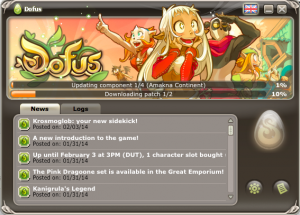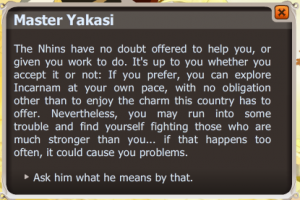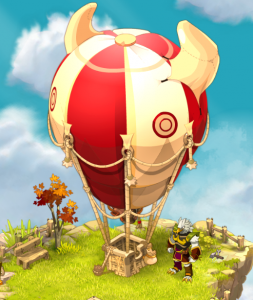Like a kid in a MOOC
February 26th, 2014 at 10:06 pm (Education, Library School)
Today’s massively multiplayer online courses, or MOOCs, provide an opportunity for teaching, and learning, at an unprecedented scale. Universities, instructors, businesses, and students are still exploring what the benefits and limitations might be. Should you pay tuition or should it be free? Should you get a certificate of completion, and if so, how should future employers or schools value it?
Most of all: are MOOCs successful or not?
Like most things, it depends how you define success. If a MOOC is like a college class on steroids, then you can start with the same metrics used to evaluate college classes: enrollment numbers, completion rates, and (maybe) student evaluations. MOOCs have been criticized for abysmal performance in terms of completion rates, which are something like 5-10%. A traditional college class with a completion rate that low would likely be canceled (if only because it wouldn’t be economically feasible).
Yet, gradually, arguments are emerging for why the wailing and gnashing of teeth can stop. Maybe we need to redefine what it means to ‘sign up’ for a MOOC. Justin Reich and Andrew Ho point out that HarvardX MOOCs stay open even after the deadline for certification has passed — so all subsequent registrants are “dropouts the second they’ve registered” (i.e., they aren’t allowed to “complete” the class).
Or maybe we need to stop equating MOOCs with their tiny, elite, in-person predecessors and develop new ways to evaluate them.
 William Spaniel offers an interesting alternative metaphor. He likens signing up for a MOOC to adding a show to your Netflix queue. I like that concept, and it makes me feel a little better about my own course-dabbling habits at Coursera. Even though the classes were free, and there was no explicit obligation to complete them, I felt sad and embarrassed each time I had to un-enroll from another eyes-too-big-for-my-stomach endeavor. But a movie queue… it’s okay if something sits on there forever and never gets watched. Right?
William Spaniel offers an interesting alternative metaphor. He likens signing up for a MOOC to adding a show to your Netflix queue. I like that concept, and it makes me feel a little better about my own course-dabbling habits at Coursera. Even though the classes were free, and there was no explicit obligation to complete them, I felt sad and embarrassed each time I had to un-enroll from another eyes-too-big-for-my-stomach endeavor. But a movie queue… it’s okay if something sits on there forever and never gets watched. Right?
Then there’s the low cost of entry: you can click and sign up for a MOOC, for free. How much of a commitment you consider that to be is up to you. Contrast that with college students who may feel bound to grind through a painful or boring class because they just paid thousands of dollars for it and/or they need it to get into another class or to graduate. MOOCs eliminate that kind of pressure. Instead, the currency that matters is your time. Where will you spend it?
I’d like to go one further and propose another new metaphor for a MOOC. It’s not a college course (even if taught by college professors and employing content from a college course). It’s not a Netflix queue. It’s a candy store, where all the candy is free! Or again, more aptly, the cost is measured in time.
We’re used to valuing things by how much money people are willing to spend on them. Think of the stock market, clothing, cars, airline tickets. But how much closer to the heart is a measure of how much time you’re willing to spend on something (or someone)? What does it take for a course, to which you owe no obligation, to inspire you to spend hours reading, listening, writing, thinking, investigating, and learning?
It’s simple, really: the course has to provide something in return that you value (entertainment, new knowledge, new skills, interaction with other students, whatever). Because the main beneficiary of all that effort is… you.




 James Paul Gee, a professor of Reading, decided to explore the world of video games. He picked up a copy of
James Paul Gee, a professor of Reading, decided to explore the world of video games. He picked up a copy of